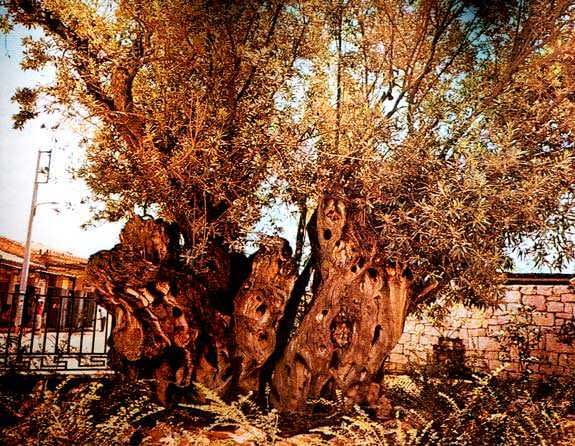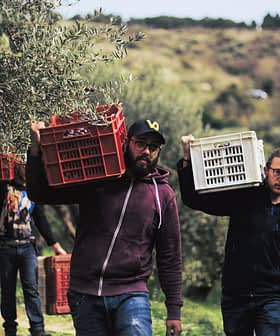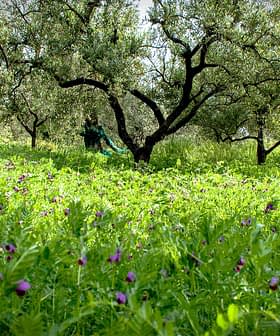 8.2K reads
8.2K readsWorld
Plato’s Sacred Olive Tree Vanished
The ancient olive tree believed to have stood where Plato taught his students was damaged in 1976 and recently stolen, likely for firewood, without anyone noticing. This tree was part of the grove of olive trees dedicated to Athena outside the city walls of ancient Athens, which later became known as Akademia.
The perennial olive tree under which Plato is believed to have taught his students 2,400 years ago, is now gone.
In 1976 a bus ran into it and fractured its trunk. The broken part of the tree was then transferred to the nearby Geoponic University of Athens and kept in a case.
The remaining lower part of the trunk and its gigantic roots were discovered missing some days ago, local media reported, very likely uprooted and stolen to serve as firewood as is the case in many places in Greece. It was calculated that the stolen part of the tree weighed more than 1,000 pounds, nevertheless, it was removed without anyone taking notice.
The legend has it that the tree was part of the alleys that surrounded Plato’s Academy (called Akademia), and it was among the twelve olive trees that marked the twelve gated entries to the property. This part of Athens was later, and still is, named ‘Eleonas’ (olive grove) because of those ancient olive trees.

Olive Oil Times archives
Before the Akademia was a school, and even before Cimon enclosed its precincts with a wall, it contained a sacred grove of olive trees dedicated to Athena, the goddess of wisdom, outside the city walls of ancient Athens.
The name for the site was Hekademia (Ἑκαδήμεια), which by classical times evolved into Akademia and was explained, at least as early as the beginning of the 6th century BC, by linking it to an Athenian hero, a legendary “Akademos.”

Plato’s Olive Tree before a bus sheared off all but the trunk in 1976
It seems that whenever the modern and the ancient world collide, sadly the latter doesn’t stand a chance.







